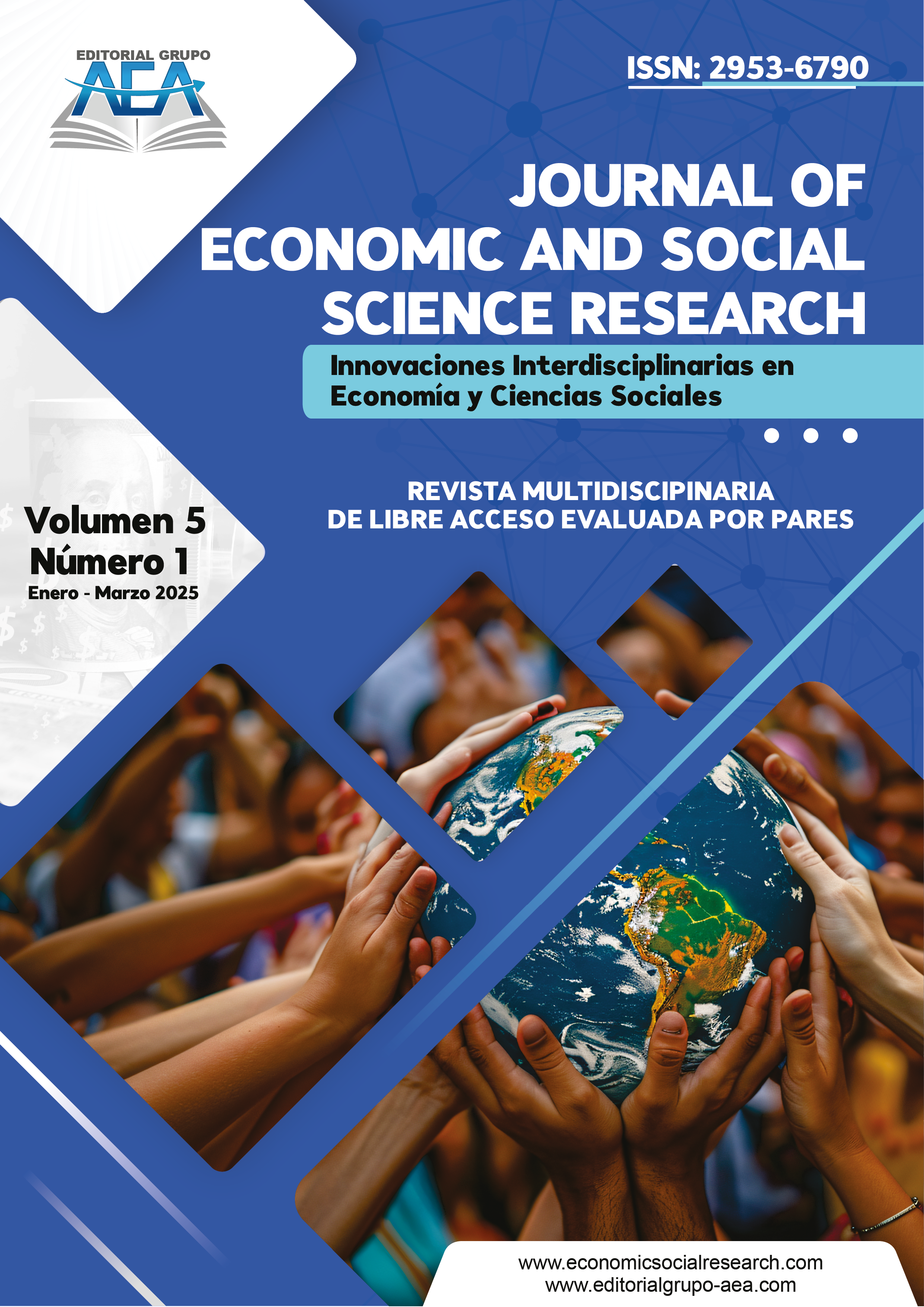Relationship between communication and corporate identity: A descriptive approach from a review of the academic literature
Main Article Content
Abstract
This article analyzes the relationship between communication and corporate identity through a review of recent academic literature, using a qualitative approach. Mediating factors such as organizational culture, sociocultural context and digital technologies were identified as essential in the construction and maintenance of corporate identity. The findings show that internal communication strengthens organizational values, promoting cohesion and commitment, while external communication projects an identity consistent with corporate values, consolidating stakeholder trust. In addition, the strategic integration of digital technologies amplifies interaction with audiences, but requires consistency to avoid inconsistencies that may harm external perception. The study concludes that strategically managing these factors is key to building a solid, authentic and sustainable identity, generating competitive advantages in a globalized and dynamic environment. This analysis provides a theoretical and practical basis for implementing effective communication strategies in organizational management.
Downloads
Article Details
Section

This work is licensed under a Creative Commons Attribution-NonCommercial 4.0 International License.
How to Cite
References
Balmer, J. M. T., & Greyser, S. A. (2006). Corporate marketing: Integrating corporate identity, corporate branding, corporate communications, corporate image and corporate reputation. European Journal of Marketing, 40(7/8), 730-741. https://doi.org/10.1108/03090560610669964 DOI: https://doi.org/10.1108/03090560610669964
Bryman, A. (2016). Social research methods. Oxford University Press. https://ktpu.kpi.ua/wp-content/uploads/2014/02/social-research-methods-alan-bryman.pdf
Christensen, L. T., & Cornelissen, J. (2011). Bridging corporate and organizational communication: Review, development and a look to the future. Management Communication Quarterly, 25(3), 383-414. https://doi.org/10.1177/0893318910390194 DOI: https://doi.org/10.1177/0893318910390194
Cornelissen, J. (2023). Corporate communication: A guide to theory and practice. SAGE Publications.
Currás Pérez, R. (2010). Identidad e imagen corporativas: revisión conceptual e interrelación. Teoría y Praxis, 7, 11-34. https://www.redalyc.org/pdf/4561/456145285002.pdf DOI: https://doi.org/10.22403/UQROOMX/TYP07/01
González-Cifuentes, D., & González-Pardo, R. (2023). Abordajes de la comunicación organizacional: un análisis sistemático de la producción académica en Web of Science. Methaodos.Revista de Ciencias Sociales, 11(2), m231102a03. https://doi.org/10.17502/mrcs.v11i2.612 DOI: https://doi.org/10.17502/mrcs.v11i2.612
Hatch, M. J., & Schultz, M. (2002). The dynamics of organizational identity. Human Relations, 55(8), 989-1018. https://doi.org/10.1177/0018726702055008181 DOI: https://doi.org/10.1177/0018726702055008181
He, H., & Balmer, J. M. T. (2013). A grounded theory of the corporate identity and corporate strategy dynamic: A corporate marketing perspective. European Journal of Marketing, 47(3/4), 401-430. https://doi.org/10.1108/03090561311297391 DOI: https://doi.org/10.1108/03090561311297391
Hierro, M. (2020). Transformación Digital y Cultura Organizacional. Universidad Torcuato di Tella. https://repositorio.utdt.edu/handle/20.500.13098/12389
Melewar, T. C., & Jenkins, E. (2002). Defining the corporate identity construct. Corporate Reputation Review, 5(1), 76-90. https://doi.org/10.1057/palgrave.crr.1540166 DOI: https://doi.org/10.1057/palgrave.crr.1540166
Mena Méndez, D. (2019). La cultura organizacional, elementos generales, mediaciones e impacto en el desarrollo integral de las instituciones. Pensamiento & Gestión, (46), 1-25. https://www.redalyc.org/journal/646/64664303002/64664303002.pdf
Ramírez de Bermúdez, F. (2005). El desarrollo de la identidad corporativa: función inherente de la gestión comunicacional. Revista Orbis, 1(1), 13-22. https://www.redalyc.org/pdf/709/70910103.pdf
Santander-Salmon, E. S., & Lara-Rivadeneira, L. J. (2023). El liderazgo en el ámbito organizacional dentro del contexto humano. Journal of Economic and Social Science Research, 3(2), 15–29. https://doi.org/10.55813/gaea/jessr/v3/n2/64 DOI: https://doi.org/10.55813/gaea/jessr/v3/n2/64
Schultz, F., Castello, I., & Morsing, M. (2013). The construction of corporate social responsibility in network societies: A communication view. Journal of Business Ethics, 115(4), 681-692. https://doi.org/10.1007/s10551-013-1826-8 DOI: https://doi.org/10.1007/s10551-013-1826-8
Van Riel, C. B. M., & Fombrun, C. J. (2007). Essentials of corporate communication: Implementing practices for effective reputation management. Routledge. https://doi.org/10.4324/9780203390931 DOI: https://doi.org/10.4324/9780203390931





